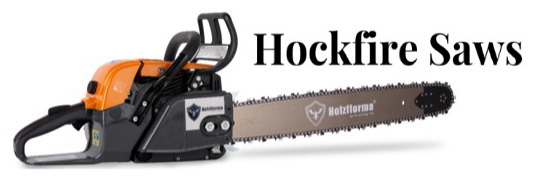If a brass mallet damaged the threads it could only be the first thread or two. But all dies are already made of hardened tool steel and will be able to chase the threads on your shaft. It might be a more difficult story if you were trying to cut threads, but you're really just trying to push the thread back upright.
The only thing to watch out for with using a die to chase threads is that you start it into the thread properly and don't cross thread it. Also important is that you have the depth set right and don't start cutting the shaft any deeper. Most all dies have an Allen set screw to push open the die, or let it close up. This affects how deep a cut the die makes. You want to watch out that it isn't cutting any deeper into existing threads. If you have used the die before you'll know how it cuts. If you have a piece of sample rod, you can make some threading cuts and see how the die is set up and adjust it as necessary. On a new die out of the box you just hope it's set right. If you do adjust the die, screwing the Allen screw pushes the die jaws apart, and makes a shallower cut. Unscrewing the set screw allows the die to collapse and makes a deeper cut.
Also, thread chasing files will work,and work well with less chance of messing up anything- simply because you aren't ever putting that much cutting force on the shaft. I use these style
They won't mess up the existing threads or cut existing threads any deeper really. But you need to be able to put some pressure on them, and it's best to run the crank in a lathe and do several small passes on the shaft. It allows you to have even pressure. It's an easy 1-2-3 fix once you've done it before.
Then again, if you had a lathe you could just set up to chase the threads without any of these hand tools.







